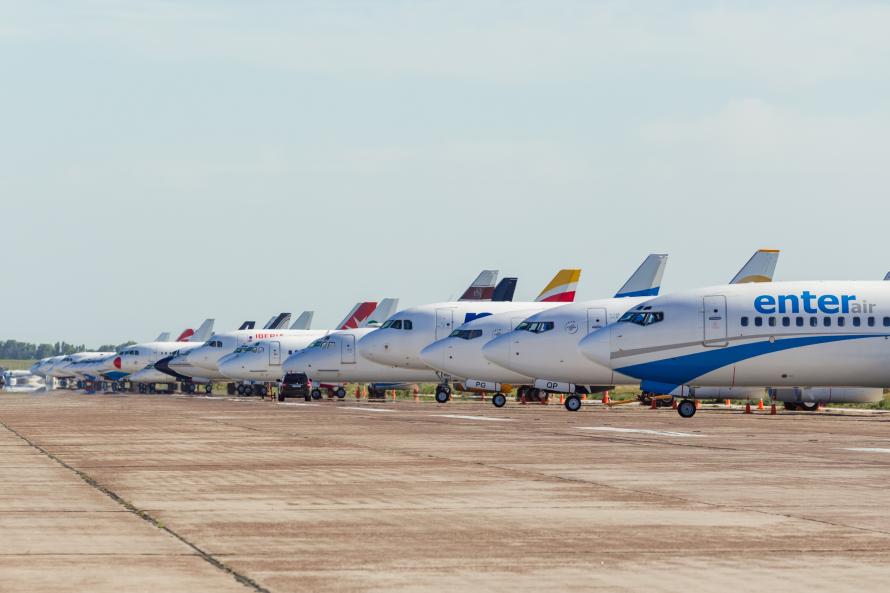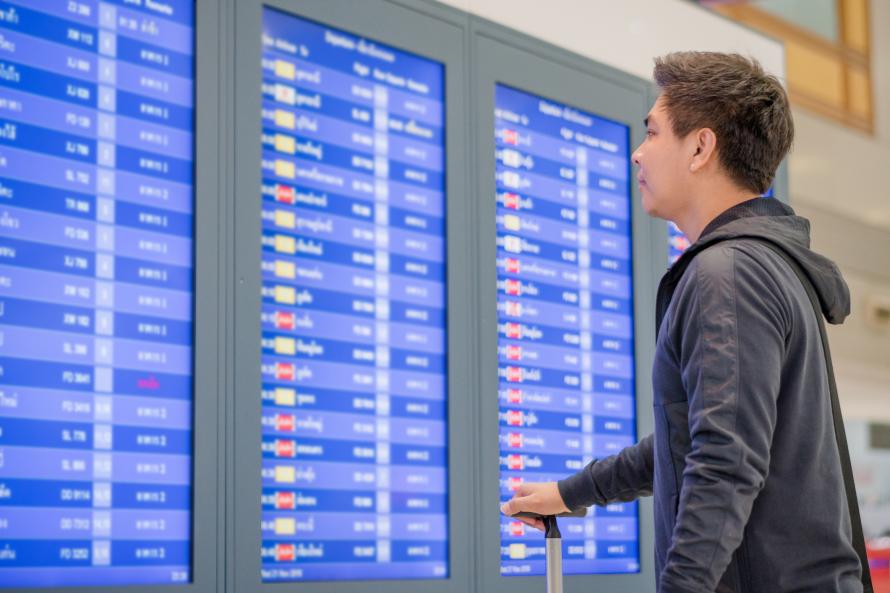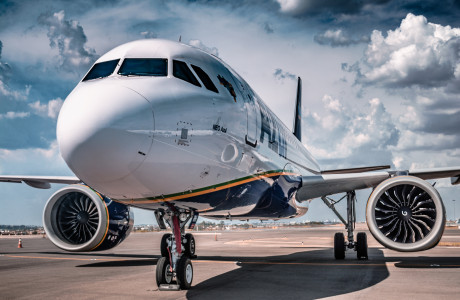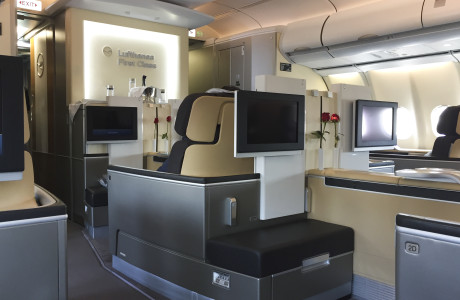
Codeshare Flights – What’s Behind Them?
Codeshare flights have become widespread in aviation. But for anyone other than frequent flyers, it’s often still surprising and confusing to book a flight with one airline and then suddenly find yourself on an aircraft operated by another. What exactly is going on here, what advantages and disadvantages codeshare flights bring, and how they differ from interlining – you’ll find out in this article.
Contents
What Are Codeshare Flights?

In codesharing, a flight is shared by multiple airlines, even though it is operated by only one of them. The airline operating the flight is called the operating carrier. Airlines that also sell tickets for the flight are known as marketing carriers. Typically, when purchasing a ticket, you can recognize a marketing carrier by an additional note such as “operated by” followed by the name of the operating carrier. Each participating airline assigns its own flight number to the same flight.
Codesharing is distinct from interlining. Interlining refers to a journey split into two or more flight segments operated by different airlines but sold to the customer as one unified ticket in a single currency.
By the way: Codesharing can even apply to trains. For example, some ICE trains that connect passengers to major airports like Frankfurt Main also carry a flight number and are considered codeshare flights of Lufthansa.
Reasons for Codeshare Flights
From a business perspective, codesharing makes sense for airlines both as operating and as marketing carriers. It is especially common among aviation alliances such as Star Alliance and SkyTeam. For the operating carrier, additional sales channels increase the chance of a higher load factor on the flight. The marketing carrier can expand its route network and generate additional revenue beyond its own flights.
What Does Codesharing Mean for Passengers?

For passengers, the impact of a codeshare flight largely depends on the airlines involved. In most cases, the service standards and baggage rules of the operating carrier apply. So, if you booked via a marketing carrier, you may face different rules than you’re used to with that airline’s own flights. Rebookings and flight disruptions may also be subject to different terms—sometimes those of the marketing carrier, depending on the agreement.
Pros & Cons of Codesharing at a Glance
Codeshare flights can bring both advantages and disadvantages for passengers. Here’s a summary:
Advantages
Simplified Booking
Booking codeshare flights is often easier because you can purchase them through the familiar airline websites—flights they might not otherwise offer. You can also often book in your own language and currency.
Larger Route Network
Codeshare flights also mean access to a wider network. Better capacity management allows routes to remain viable that might not be sustainable if operated separately by each airline.
Disadvantages
Different Baggage Rules & More
The operating carrier may have different baggage policies than the marketing carrier, which can cause misunderstandings. This is often especially relevant for carry-on size, oversized baggage, etc.
Different Standards and Services
Service levels may vary between airlines—for example, whether meals are free or come at an extra cost. In-flight entertainment also differs significantly, especially between airlines from different countries.
Unclear Responsibilities
For less frequent travelers, codesharing can be confusing. It may be difficult to recognize a codeshare flight at the time of booking. In cases of delays, cancellations, or other problems, it’s often not immediately clear which airline is responsible for your passenger rights, and resolving the issue can involve more effort.
Overall, codesharing has both positives and negatives. However, due to its economic value for airlines, it has become indispensable in modern aviation.
If you’d also like to connect flying with economic benefits, sign up for our bonus program. And whether with or without codesharing—we wish you a pleasant flight!



